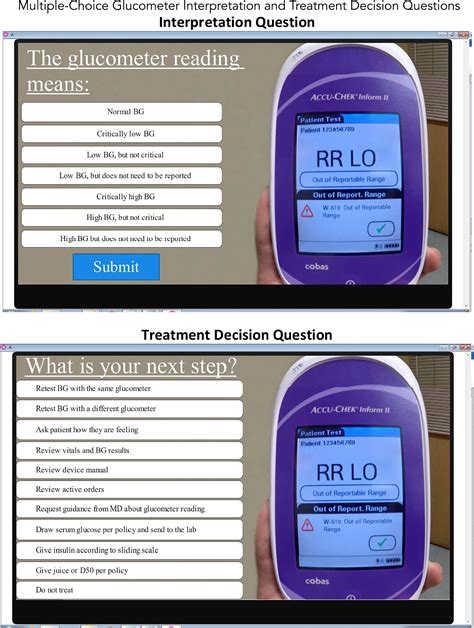Prevent Glucometer Errors: The Resetting Solution
Glucometers are essential tools for managing diabetes, providing crucial insights into blood glucose levels. However, even the most reliable devices can occasionally malfunction, leading to inaccurate readings. While many factors can contribute to inaccurate glucose readings, understanding how to properly reset your glucometer can often resolve minor glitches and prevent significant errors. This guide delves into the intricacies of glucometer resetting and offers valuable troubleshooting tips for maintaining accuracy.
What Causes Glucometer Errors?
Before we dive into resetting, it's important to understand the potential sources of error. Several factors can influence the accuracy of your glucometer readings:
- Low Battery: A weak battery can lead to erratic readings or complete device failure. Always ensure your glucometer has sufficient power.
- Expired Test Strips: Using expired test strips is a major cause of inaccurate results. Always check the expiration date on your test strip vial.
- Improper Technique: Incorrect blood sample volume, insufficient mixing of the blood with the reagent, or touching the test strip electrode with your fingers can all affect results.
- Environmental Factors: Extreme temperatures or humidity can affect the accuracy of the test strips and the glucometer itself.
- Software Glitches: Occasionally, the glucometer's internal software might experience minor glitches. This is where a reset can be incredibly helpful.
- Electrode Contamination: Residue from previous tests or fingerprints on the test strip electrode can interfere with the reading.
- Interference from Electronic Devices: Powerful electromagnetic fields can sometimes interfere with glucometer operation.
How to Reset Your Glucometer: A Step-by-Step Guide
The process of resetting a glucometer varies slightly depending on the brand and model. Consult your glucometer's user manual for specific instructions. However, the general steps often involve:
- Powering Off: Completely switch off your glucometer.
- Identifying the Reset Button: Locate the reset button on your device. It's often small and may require a thin object like a pen or paperclip to press. Your user manual will provide the exact location.
- Initiating the Reset: Press and hold the reset button for a specified duration (usually 5-10 seconds). The glucometer's display may show a message indicating the reset process is in progress.
- Powering On: Once the reset is complete, power on your glucometer. The device might need to recalibrate itself, so be patient.
What if Resetting Doesn't Solve the Problem?
If resetting your glucometer doesn't resolve the error, consider the following:
H2: Why is my glucometer giving me inaccurate readings even after a reset?
Inaccurate readings even after a reset can point to more serious issues. Check your test strips' expiration date, ensure proper technique, and consider the environmental factors. If the problem persists, contact your healthcare provider or the manufacturer of your glucometer for assistance or replacement.
H2: How often should I reset my glucometer?
Regularly resetting your glucometer isn't typically necessary. Only reset it if you experience errors or malfunctions. Over-resetting could potentially cause more problems.
H2: My glucometer shows an error code. What does it mean?
Error codes are specific to each glucometer model. Refer to your user manual for a detailed explanation of the displayed error code and how to troubleshoot it.
H2: Should I replace my glucometer regularly?
The lifespan of a glucometer depends on its usage and maintenance. While they don't require replacement frequently, older models may have degraded performance. Consult with your doctor or diabetes educator for guidance on glucometer replacement frequency.
Conclusion: Maintaining Accuracy is Key
Accurate blood glucose monitoring is critical for effective diabetes management. While resetting your glucometer can often resolve minor issues, understanding other potential error sources and employing proper testing techniques are equally important. Always consult your healthcare provider or the glucometer manufacturer if problems persist despite troubleshooting. Regular maintenance and accurate testing are essential for ensuring your well-being.

